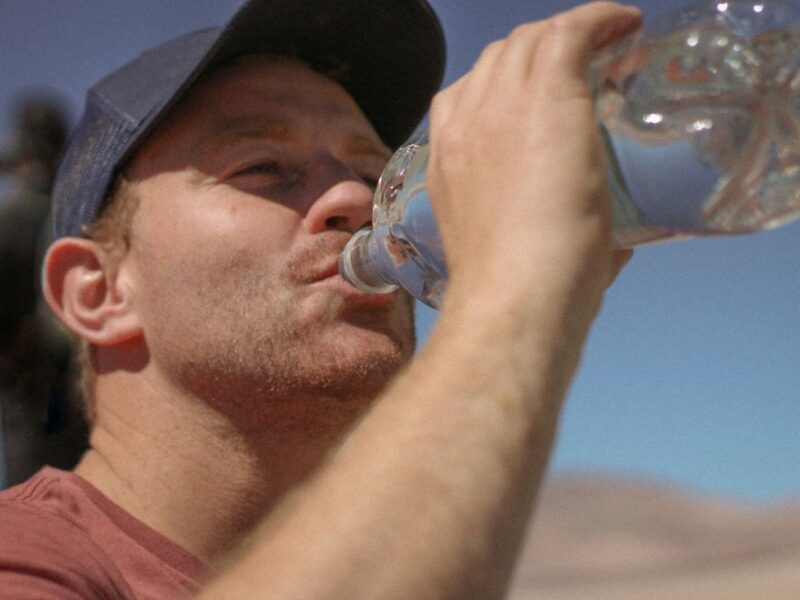You’re not even halfway through the boat ride when it hits.
That unmistakable wave of dizziness.
The cold sweat.
The internal monologue that goes something like: “Maybe I was never meant to travel. Maybe I’ll live on dry land forever.”
Motion sickness isn’t just about cars or boats. It’s about your brain and body having a full-blown disagreement on what’s going on. And for some people, no amount of ginger chews or breathing techniques makes it stop.
But here’s the thing: relief doesn’t have to come from a pill or a therapist’s office. The most effective treatment? Might just be both.
What Exactly Is Motion Sickness, Anyway?
Let’s break it down.
Motion sickness happens when your brain gets mixed signals from your eyes, inner ear, and body.
You’re in a moving vehicle, but your eyes say you’re still.
Or your body’s bumping along in a car, but your gaze is fixed on your phone.
Result? Your brain short-circuits—and your stomach follows.
Symptoms include:
- Nausea
- Dizziness
- Sweating
- Vomiting (if you’re lucky, not mid-commute)
It’s not just “in your head”—but your head definitely plays a role.
Medication: The First Line of Defense (for a Reason)
Let’s start with the obvious. Medications help. A lot. Especially if you need fast, reliable relief. Depending on severity and triggers, a provider might recommend:
- Antihistamines (yes, the drowsy kind)
- Prescription antiemetics (designed to block nausea signals in the brain)
- Transdermal patches (for long-term relief on extended trips)
These can be life-changing. But here’s the catch: they often treat symptoms, not patterns. Which means once the trip is over, the fear of “Will it happen again?” stays locked and loaded.
Behavioral Therapy: Training Your Brain to Chill Out
This is where things get interesting.
Behavioral approaches aim to retrain your nervous system—so your body adapts to motion without triggering the panic spiral.
Options include:
Cognitive Behavioral Therapy (CBT)
Focuses on changing how you mentally respond to motion sickness anxiety. Because let’s be honest: sometimes the fear of nausea is worse than the nausea itself.
Biofeedback
Teaches you how to control physiological responses—like heart rate or sweating—when symptoms start to creep in.
Habituation therapy
Basically exposure therapy for motion sickness. You slowly and consistently introduce your body to the motions that trigger symptoms (under guidance), until your system learns to tolerate them.
Sound weird? Sure. But pilots, astronauts, and military personnel have been using this for years. And guess what? It works.
The Power Combo: When Pills and Practice Work Together
Here’s where the magic happens: when medication and behavioral therapy team up.
- Meds manage the symptoms short-term
- Therapy addresses the root triggers long-term
- Your confidence increases as your symptoms decrease
- Future trips don’t feel like a gamble
This combo is especially powerful for people with chronic motion sensitivity, vestibular disorders, or travel anxiety layered on top of physical symptoms.
Because sometimes it’s not just your inner ear that’s spinning—it’s your whole nervous system shouting, “Here we go again!”
Final Thought: You’re Not “Too Sensitive”—You Just Need a Better Game Plan
Motion sickness isn’t just about boats, cars, or turbulence. It’s about how your body processes movement—and how your brain reacts when it thinks something’s off.
Medications can keep you functioning. Therapy can make you resilient. Together? They might just make you unstoppable.



